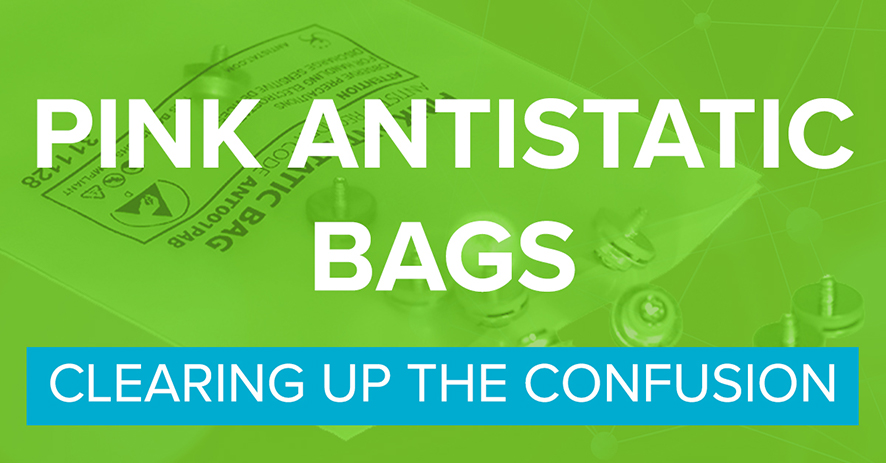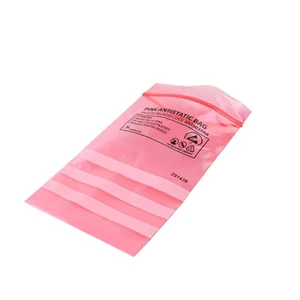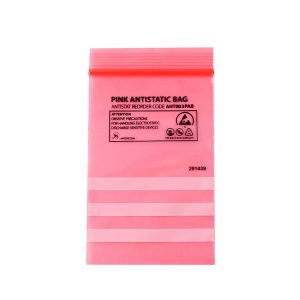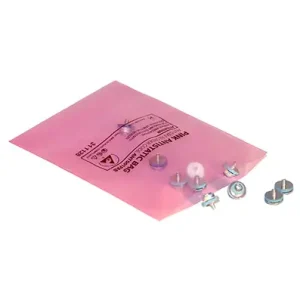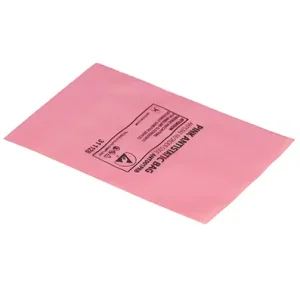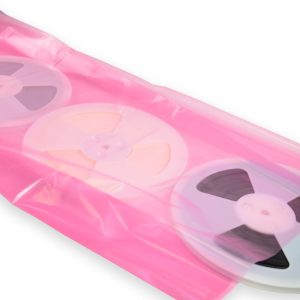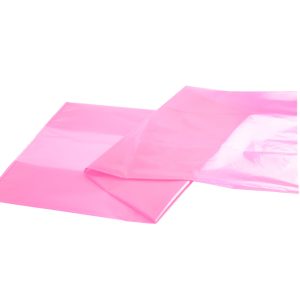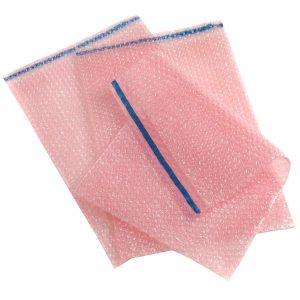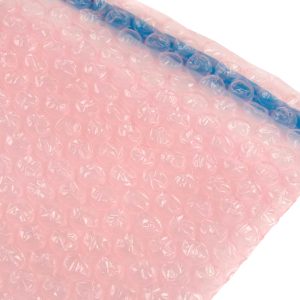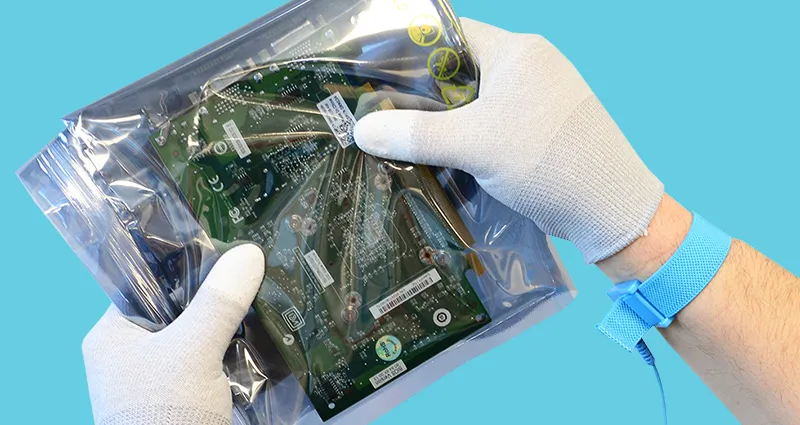Using pink antistatic bags reduces the risk of ESD events which cause component or electronics assembly malfunction within an EPA. Damage is often unnoticed until it is too late and is sometimes only apparent when items are inspected under a microscope, or when testing an assembly, wasting precious time and delaying processes.
Pink antistatic bags are an ideal packaging solution for transporting non-ESD sensitive items into an EPA. In fact, they are the only form of ‘plastic’ bags recognised as being suitable to use in an EPA. These bags will nor generate or hold a triboelectric charge. Conventional plastic bags have the ability to generate and hold in excess of 10,000 volts, which would be disastrous in proximity to static-sensitive electronics.
What are they made from?
Pink antistatic bags are made from a blow-moulded, low-density polyethylene (LPDE) material containing an antistatic additive. The pink colour is a colourant added to to differentiate static control materials from standard packaging. This strong and lightweight method of storage allows items that are not ESD sensitive into an EPA, as the bags do not generate a static charge.
What level of protection do they give?
The bags have no shielding properties so they won’t protect your recently refurbished motherboard or PCB components from physical contact with static charges. Their primary use is to package support or processing materials that will be in close proximity to static sensitive devices.
What should go in the bag?
Pink antistatic bags hold items that are made from materials which create a triboelectric charge; a static charge generated by friction between two materials. When working with ESD sensitive components or equipment, it is best practice to keep essential items such as manuals, bolts, screws, plastic clips or casings stored in pink antistatic bags.
Our range includes grip seal (re-closable) and open-top formats in a variety of sizes designed to cater for any application.


